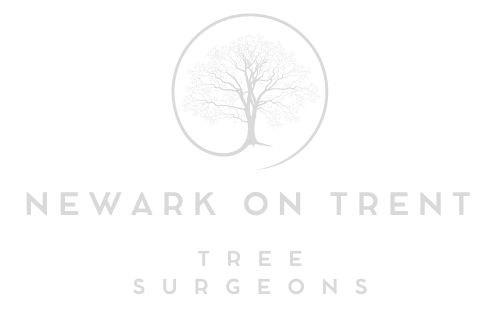Tree Crown Reduction: Enhancing Light Penetration and Air Circulation
Introduction: In densely populated areas like Newark on Trent, trees enhance the urban landscape, providing shade, habitat, and aesthetic value. However, overgrown trees can reduce light penetration and limit airflow, impacting surrounding vegetation and compromising overall tree health. Tree crown reduction is a practical solution for improving light penetration and air circulation while preserving the natural beauty of trees. In this blog post, presented by Newark on Trent Tree Surgeons, we’ll explore how crown reduction techniques can enhance light penetration and air circulation in urban environments.
1. Maximising Light Penetration
Overgrown tree canopies can create dense shade, limiting sunlight penetration to the ground below and inhibiting the growth of understory vegetation. Crown reduction involves selectively pruning the outermost branches and foliage to reduce the overall size and density of the tree’s canopy. By thinning the crown and opening up the canopy, crown reduction allows more sunlight to reach the ground, promoting the growth of grass, shrubs, and other plants beneath the tree. Increased light penetration enhances the landscape’s aesthetic appeal and supports biodiversity and ecological balance.
2. Improving Air Circulation
Dense tree canopies can restrict airflow within and around the tree, creating stagnant microclimates conducive to fungal diseases and pest infestations. Crown reduction helps improve air circulation by reducing the density of the canopy and allowing breezes to pass more freely through the tree. Enhanced airflow helps dissipate excess moisture, reduce humidity levels, and mitigate the risk of fungal pathogens such as powdery mildew and anthracnose. Improved air circulation also benefits tree health by promoting the exchange of gases and nutrients between the tree and its environment.
3. Enhancing Tree Health and Vitality
Healthy trees are better equipped to withstand environmental stressors and contribute to the overall well-being of urban ecosystems. Crown reduction is crucial in maintaining tree health and vitality by reducing disease risk, pest infestation, and structural failure. By optimising light penetration and air circulation, crown reduction creates favourable growing conditions for the tree, supporting robust growth and development. Well-maintained trees are more resilient to urban stressors such as pollution, drought, and temperature fluctuations, ensuring their long-term survival and contribution to the urban landscape.
4. Promoting Sustainable Urban Forestry
In the context of urban forestry, sustainable tree care practices are essential for preserving and enhancing the urban tree canopy. Crown reduction is a sustainable approach to tree management that prioritises the health and longevity of trees while addressing the unique challenges of urban environments. By investing in professional tree care services, municipalities, property owners, and community stakeholders can contribute to the sustainability and resilience of urban green spaces. Crown reduction not only improves light penetration and air circulation but also enhances the overall health and aesthetics of the urban forest.
Conclusion: Tree crown reduction is valuable for improving light penetration and air circulation in urban environments like Newark on Trent. By selectively pruning the outermost branches and foliage, crown reduction opens up the tree canopy, allowing more sunlight to reach the ground and improving airflow within the tree. This promotes the growth of understory vegetation, supports tree health and vitality, and enhances the overall sustainability of the urban forest.
Call us on: 01636 556 296
Click here to find out more about Newark on Trent Tree Surgeons
Click here to complete our contact form and see how we can help with your tree’s needs.

